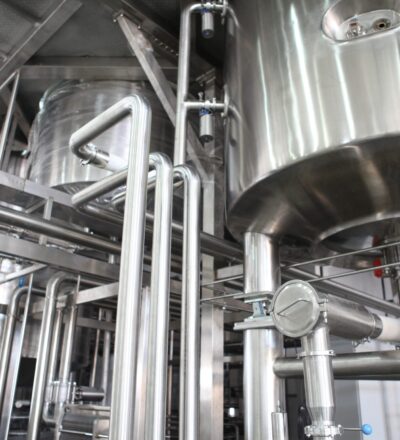PINcHED has officially completed its project concerned with establishing heat pumps integrated in drying processes. Today, drying processes account for approximately 15% of the primary energy used by Dutch industry, not to mention the resulting CO2 emission. In some processes, e.g. paper production, up to 70% of the energy is used for drying. This means that up to 70% of the energy needed in drying processes is emitted into the environment as latent heat in the exhaust air, because the temperature of the latent heat is too low for re-use in drying processes.
Heat pumps as promising technology
Heat pumps have been identified as a promising technology for recovering the latent heat in drying air and using electricity to raise the temperature of that air so it can be used for processing. Using electricity eliminates what are known as scope 1 emissions and, since the amount of electricity is typically between one-fifth and one-third of the process heat that is generated, significantly reduces the amount of energy needed.

The PINcHED project
To take full advantage of the potential that heat pumps offer, they must be integrated correctly into the drying process. The PINcHED project thus investigated how to do this for two typical drying processes. Firstly, convective drying, in a use case at carried out at Huhtamaki. And secondly, contact drying, in use cases carried out at Cosun/Rixona and AVEBE. The approach used comprised two stages. The first, in brownfield mode, involved taking an existing drying process, replacing utilities with a heat pump, and determining whether the resulting process was technically and economically feasible. Airless drying, in combination with improved heat transfer, was shown to reduce the rise in temperature.
The properties of the heat pump were then taken as the starting point and, in a second, greenfield stage, a determination was made of how the process would need to be modified in order for the heat pump to be integrated in the most feasible way.
The results
In stage one, it was determined that the approach used would not be economically feasible for either contact or convective drying. Because as a result of the large difference in temperature (approxiamately 150,000) between the source heat and the process hear. However, it was found that airless drying in combination with improved heat transfer was shown to reduce those rises in temperature.
For the approach used in stage 2 for contact drying, it was shown to be feasible for the heat pump. However, this was very challenging for the drying process. Issues with product quality as well as technical and economic feasibility remain to be solved. Moreover, the approach used in stage 2 for convective drying was also shown to be feasible for the heat pump. Though here too there were issues to resolve both of a technical nature and related to production capacity.
The PINcHED project was carried out within the ISPT Drying & Dewatering, and was related to the ISPT Heat Integration Platform.
Acknowledgement
This project is co-funded by TKI-E&I with the supplementary grant 'TKI- Toeslag' for Topconsortia for Knowledge and Innovation (TKI’s) of the Ministry of Economic Affairs and Climate Policy.
